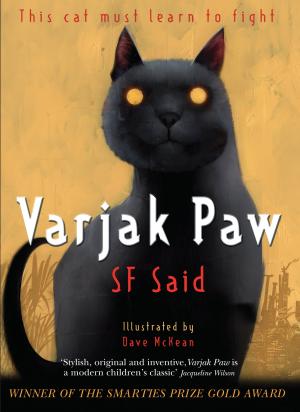Jane Andrews (Teaching and Learning Adviser, English) and Charlotte Jackson (Teaching and Learning Adviser, science) have collaborated with schools to ensure meaningful and exciting links between the two subjects with the aim of raising standards in both.
I genuinely haven’t been more excited about an aspect of my work with schools for a very long time. It seems I’m not the only one.
Children and teachers alike in our pilot schools have been brimming with pride sharing their science books full of purposeful, creative and well written outcomes.
See the document below to read a great recount from a seed’s perspective written by a Y2 child.
From my own experience of cross-curriculum writing, I can remember preparing y6 for their secondary school future. I would explain to them that English language (as distinct from English literature) is not a subject in itself; it is the skill set they will need to communicate effectively in all subjects and crucial to GCSE success. Even so, it is tough to keep the standards (and interest in writing) up in other curriculum areas.
We have many potential barriers to application of the skills taught in English lessons, not least time and the fact that children can often leave the English learning / success criteria at the door when writing in other subjects.
Last year’s pilot science/English project saw overwhelmingly positive feedback from the schools taking part. In fact, on more than one of the half-day consultancy visits, I was delighted to see teachers who were so excited about the changes taking place that they were literally bouncing in their seats.
Common feedback across the schools taking part was that the project was just a beginning and that they saw it as the launch pad for longer-term school development – perhaps even ranging across other subjects. This was not said with heavy hearts, rather keen anticipation as the way forward was becoming increasingly clear and achievable.
The foci of the project are:
- approaches to engage, excite and inspire children in science and writing
- developing spoken language – specifically listening skills
- linking quality texts with science topics
- creative writing outcomes which raise standards of writing in science books
An approach Doug Lemov advocates was used to begin the process. At the outset of a science topic, the children were encouraged to record their own ideas in response to a key question. This is done without speaking to anyone else. These ideas also form the basis of the initial discussions. The children later return to these first thoughts and consider what has remained the same, what understanding they have added to, tweaked and refined and what initial thoughts they might now consign to the bin. The rationale for focusing on this initial understanding through discussion was that children find it difficult to apply their English skills in scientific writing when they don’t really understand what they are writing about. By verbally consolidating a firm base of understanding, the children’s cognitive load is reduced, they have less to concentrate on and can also focus on the writing skills.
Discussion skills are taught e.g. how to show you have been listening; add other ideas; disagree politely; encourage others to speak and, importantly, to change your mind where appropriate. The children are engaged by a range of thinking prompts to deepen their scientific discussion e.g. ‘odd one out’ or ‘plus, minus, interesting’. One reception teacher filmed her children discussing before teaching and then again after. Initially the children didn’t know how to ‘discuss’ and the first videos show little meaningful interaction. Following intervention with teaching and modelling, the final video sees not only a marked improvement in the ability to discuss but the teacher was surprised by how much the children already knew about the subject.
‘Opportunities to discuss fully the ideas led to better outcomes in their writing’. ‘Looking forward to sharing this new way in with colleagues next term, having highlighted the fact that there is so much more you can do in combining science and writing which not only engages the children but serves as both formative and summative assessment too - ‘they don’t normally pester me to carry on their stories.’
By the end of our initial launch day, as well as a renewed enthusiasm for the teaching of science, teachers and subject leaders also took away a broad spectrum of recommended texts to use in every year group, linked to science topics. For example, many teachers reported how much the children enjoyed using Varjak Paw and excerpts from Shadow by Marcia Brown when teaching ‘light’ in Y3.
These great texts aren’t just used for writing models, they are used to bring shadows to life – by responding to these texts through investigation, drama and art, the science lessons are enriched.

‘They are writing a lot more. Children are applying scientific learning and vocabulary to their work in a different and more meaningful way, showing their depth of understanding. English language being used as a tool. Children are proud of their work and want to share it with others.’
As a result of the approaches exemplified in our project launch, teachers reported that science books looked very different. There was a variety of writing and a move away from write-ups of science experiments. Science understanding had developed through the speaking and listening approaches and the children were keen to share their writing.
Please note that this year’s programme will be delivered as a series of three live webinars. All sessions will be recorded and shared with delegates after the course to enable them to review sessions, access this training remotely and at a time of their choosing if they are unable to access the live sessions.
Please contact either jane.andrews@hertsforlearning.co.uk or charlottle.jackson@hertsforlearning.co.uk for details about this blog.


